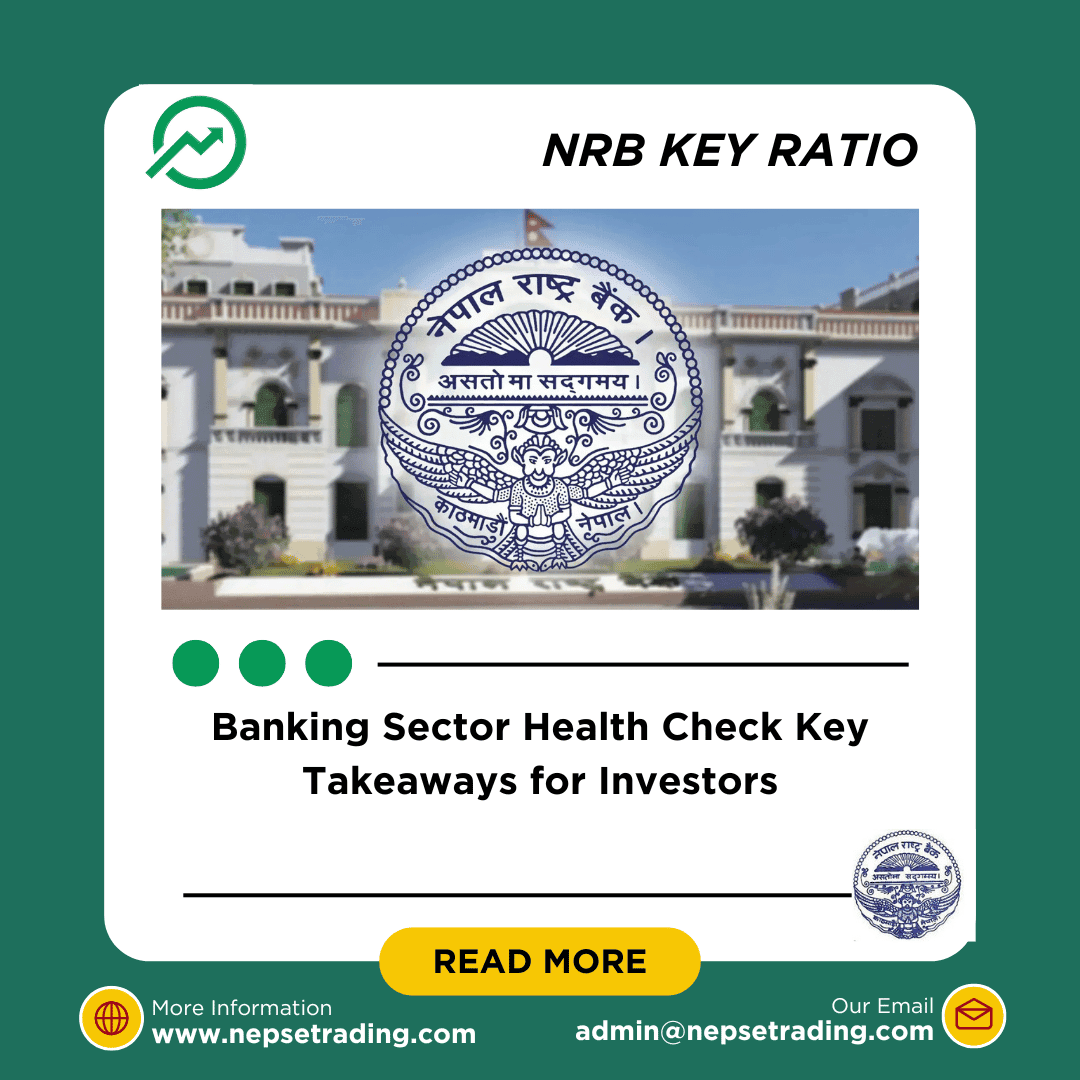By Sandeep Chaudhary
Banking Sector Health Check Key Takeaways for Investors

The mid-July 2025 (Asadh 2082) NRB indicators provide a comprehensive health check of Nepal’s commercial banks, showing both resilience and emerging vulnerabilities. Overall, the sector is stable with a Capital Adequacy Ratio (CAR) average of 12.78%, comfortably above the regulatory threshold, and a Credit-to-Deposit (CD) ratio of 76.63%, indicating that banks are actively lending without breaching liquidity safety limits. The average Non-Performing Loan (NPL) ratio at 4.44% remains within manageable levels, but the rising trend in some banks is a concern. Liquidity, on the other hand, looks relatively strong, with a sector-wide net liquidity ratio of 35.07% and SLR of 30.13%, giving confidence to depositors.
For investors, the clear message is to distinguish between conservative, well-capitalized banks and those taking on aggressive lending strategies. Standard Chartered Bank Nepal leads the way in stability with the highest CAR (17.82%), lowest NPL among major players (1.47%), and very strong liquidity. Similarly, Everest Bank has the lowest NPL ratio (0.38%), ensuring high asset quality. On the growth side, Global IME Bank stands out as the largest bank in terms of capital and deposits, giving it market dominance, while Agriculture Development Bank (ADBL) remains unmatched in prescribed sector lending, channeling funds toward agriculture and MCSMEs, which supports long-term economic growth.
On the riskier end, Prabhu Bank and NIC Asia have shown aggressive expansion with higher NPLs (around 5–6%), raising asset quality concerns. State-owned banks like Rastriya Banijya Bank and Nepal Bank still show mixed results, with weaker CARs and relatively high NPLs, although they remain systemically important. Investors should also note the spread rates, where some private banks earn more from lending margins, but at the cost of higher risk exposure.
In conclusion, the health check shows that Nepal’s banking system is stable but unevenly balanced. Prudent, liquidity-strong banks are safer bets for dividends and capital appreciation, while aggressive lenders may promise growth but carry higher risk. For NEPSE investors, the key is to balance exposure between stability-focused banks and growth-oriented players depending on risk appetite.









